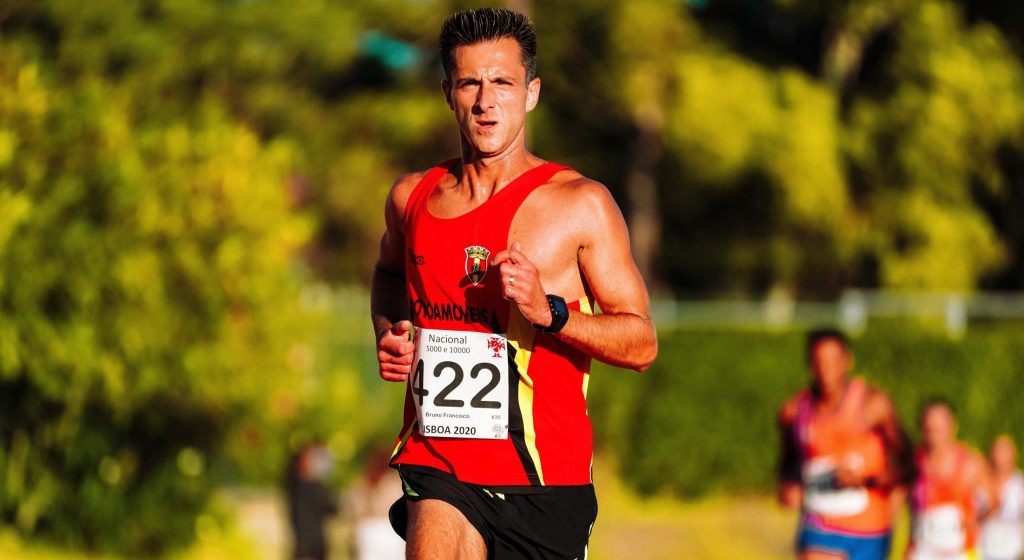The Ironman spirit has the potential to change lives and shape an admirable future. The Ironman embodies values such as determination, discipline, perseverance, and the pursuit of personal excellence. By embracing these principles, individuals participating in Ironman events can experience profound personal growth and positive transformations.
The challenges and demands of Ironman training and competition can push individuals beyond their perceived limits, both physically and mentally. As athletes overcome obstacles and achieve their goals, they develop a strong sense of self-confidence and belief. This newfound confidence often extends beyond the Ironman arena and influences other aspects of their lives, such as relationships, careers, and personal endeavors.
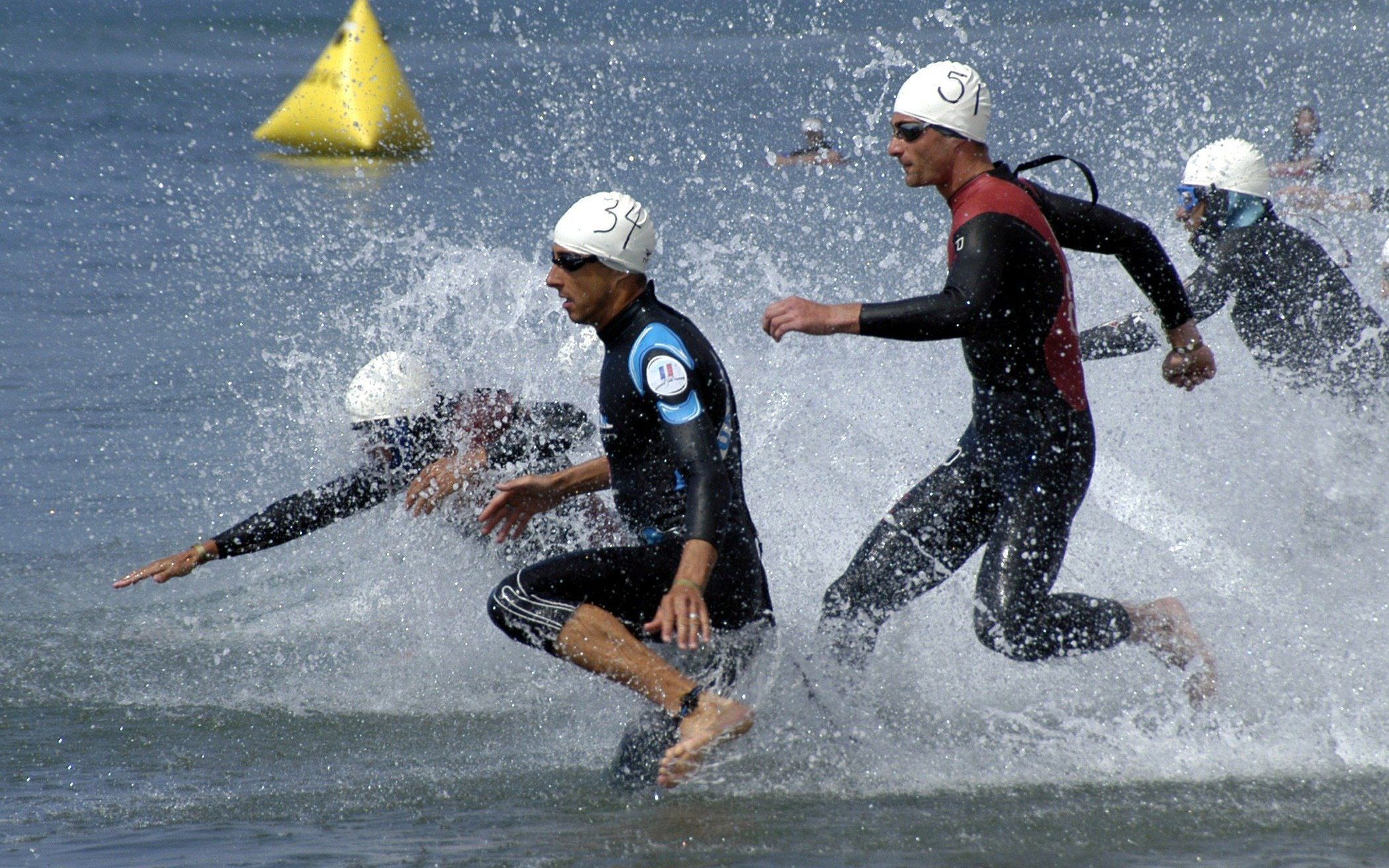
Here are some benefits of Ironman:
Physical challenge: Triathlon is considered a challenging endurance sport that pushes participants to their limits. The combination of swimming, cycling, and running requires athletes to train and excel in multiple disciplines. Many are drawn to its physical challenges and the opportunity to test their overall fitness and endurance.
Diversity and comprehensive training: Compared to single-sport activities, triathlon offers a diverse and dynamic experience. The combination of swimming, cycling, and running provides variety in training and helps prevent monotony. Triathlon also promotes comprehensive training, benefiting overall health and reducing the risk of injuries caused by overuse.
Sense of accomplishment: Crossing the finish line of a triathlon is a significant achievement. The process of training, overcoming obstacles, and completing the race brings a strong sense of accomplishment and fulfillment. Many derive satisfaction from setting goals, challenging themselves, and achieving personal milestones.
Community and camaraderie: Triathlon has a strong and supportive community. Participants often join local triathlon clubs, engage in group training sessions, and participate in organized races. This sense of community fosters friendships, camaraderie, and a shared passion for the sport. Encouragement and support from fellow athletes can motivate and inspire individuals.
Lifestyle and health benefits: Triathlon promotes a positive and healthy lifestyle. Training for triathlon involves regular exercise and contributes to improved fitness levels, weight management, and overall well-being. Triathletes often prioritize healthy habits, such as proper nutrition, rest, and recovery, which have positive impacts on overall health.
Accessibility: Triathlon is a sport suitable for individuals of different ages and fitness levels. There are various race distances to choose from, ranging from short-distance sprint triathlons to long-distance Ironman triathlons. This range allows individuals to select the challenge level that suits them best, making the sport more appealing to a wider audience.
Origin of Triathlon
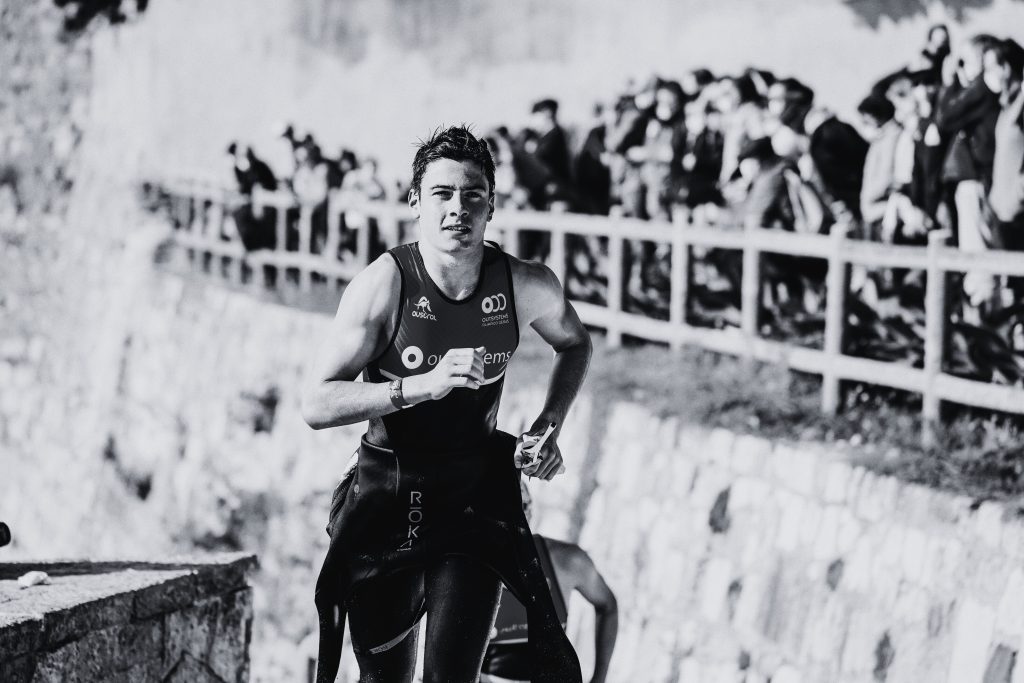
- 1920s in France: In the 1920s, a competition called “Les Trois Sports” emerged in France, which included a 3-kilometer run, a 12-kilometer bicycle ride, and a swim across the English Channel. This event was initially held as an open competition in France, without any intervals, and conducted in sequential order.
- Late 1960s in San Diego: In San Diego, California, United States, members of the San Diego Track Club, Don Shanahan and Jack Johnstone, began implementing the concept of multisport training. They aimed to prepare themselves for marathons and 10-kilometer races by combining swimming, cycling, and running in their training.
- Founding of Triathlon: Don Shanahan and Jack Johnstone are credited as the founders of triathlon. They developed a training method intended to replace traditional track and field training and provide a more comprehensive physical challenge. Initially, their training activities were not competitive but served as self-challenges and training methods.
- First Official Competition in 1974: On October 25, 1974, the San Diego Track Club organized the first official triathlon competition, known as the “Ironman World Championship.” The race distance was set at 2.4 miles (3.86 kilometers) of swimming, 112 miles (180.25 kilometers) of cycling, and 26.2 miles (42.2 kilometers) of running, conducted in that order. Fifteen athletes participated in the event, and twelve of them successfully completed all three disciplines.
- Expansion of Triathlon: The first Ironman competition garnered widespread attention and interest. Over time, triathlon events expanded and began to be held worldwide. Triathlon became a popular and highly regarded sport, attracting athletes from different countries and regions. Today, triathlon races are organized globally, offering numerous challenging events and championships for athletes to participate in.
- Through continuous development and promotion, triathlon has become an international phenomenon, captivating numerous sports enthusiasts and professional athletes to push their limits.
What is triathlon?
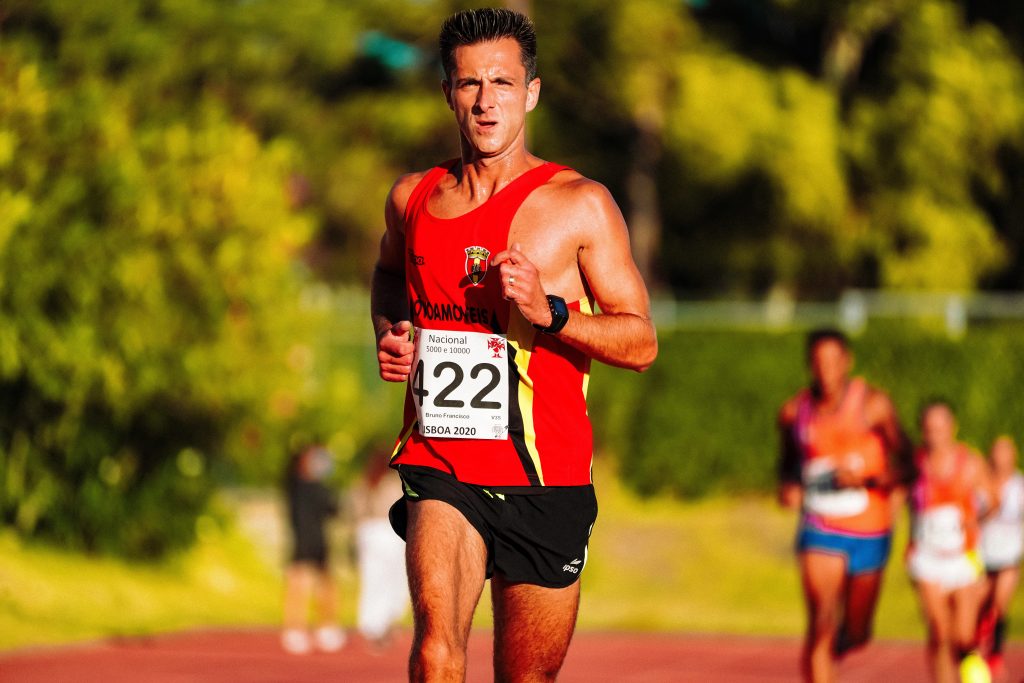
Triathlon is a comprehensive sports activity that consists of three disciplines: swimming, cycling, and running. The distances and order of each discipline may vary based on specific competition rules, but typically follow the sequence of swimming, cycling, and running. Triathlon is characterized by challenging athletes’ endurance, speed, and skills, while also requiring good mental strength and strategic awareness. Triathlon is not only a competitive sport but also a way of life that helps individuals maintain health, positivity, and resilience.
What is the content of the triathlon?
Swimming
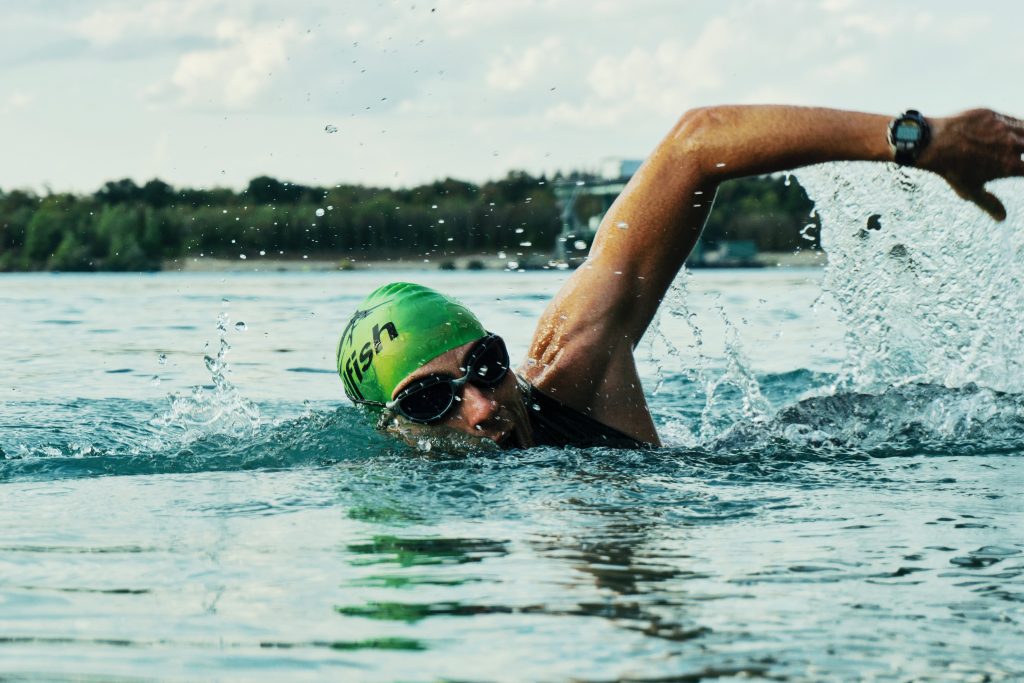
Swimming can take place in a pool or open water, such as lakes or oceans. If it’s an open water race, wetsuits are often worn. The competition is usually divided into waves based on estimated swim time or age groups. Participants can choose between freestyle or breaststroke during the swim portion.
Cycling
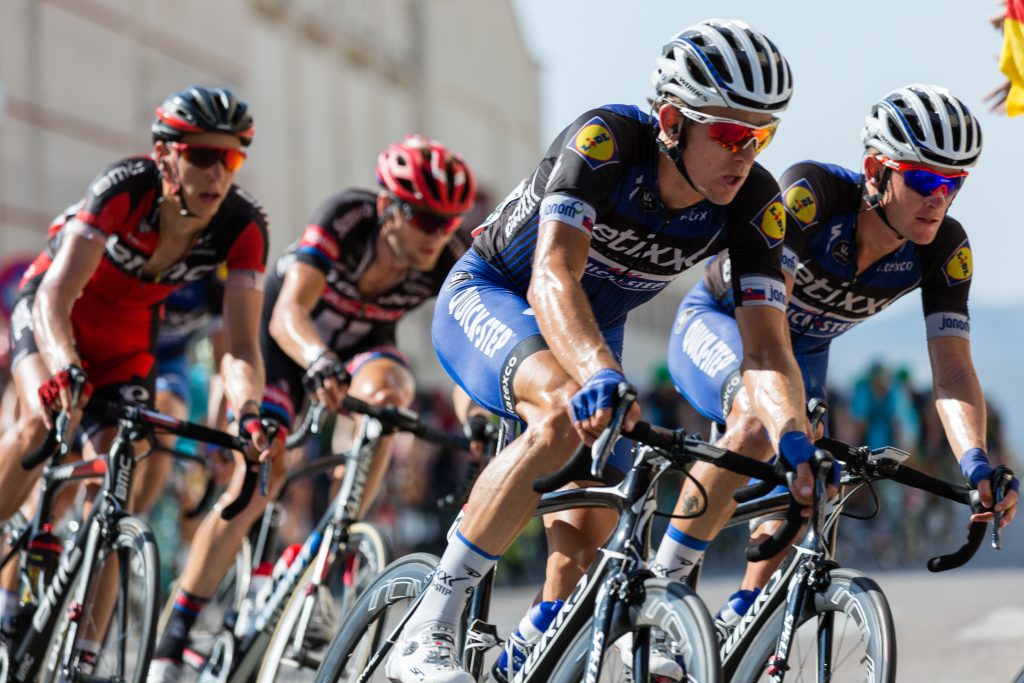
Wearing a helmet is mandatory during the cycling portion, even for elite athletes. A bike is essential equipment, as long as it is in proper working condition. Most races take place on roads open to other traffic. If you feel nervous or are a beginner, practice cycling on quiet roads until you gain confidence. The bike course will have signage and staff guiding the way, but it’s helpful to review the race information beforehand to familiarize yourself with the route.
Running
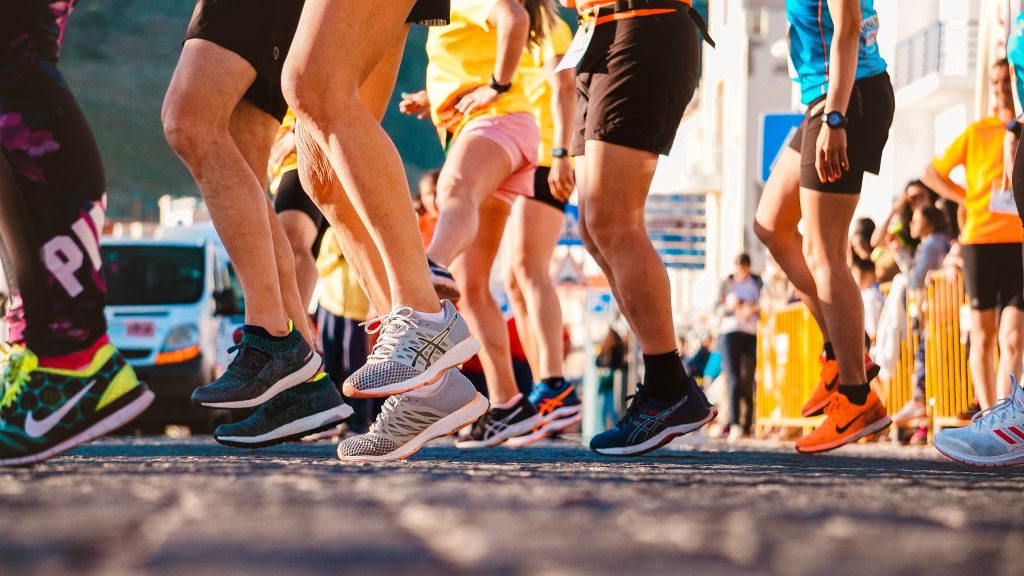
Footwear is the most crucial part of running gear, so ensure you have properly fitted and comfortable running shoes. Running after completing the bike segment may feel different, but don’t worry, it gets easier as you continue. The running course in races typically includes hydration stations and is marked with signage and staff guiding the way.
Transition

For athletes at the elite level of the sport, the transition area is often referred to as the fourth discipline. However, for many participants, the transition area is simply the place to store swim-to-bike and bike-to-run gear during the race.
In the transition area, you will receive a race number that needs to be worn during the bike and run portions, and sometimes a timing chip to record your start and finish times. Before the race starts, you need to park your bike and set up your gear. The helmet must be fastened before moving the bike and cannot be removed until the bike is parked again. Staff and officials will be present in the transition area to answer any questions you may have.
The transition area is a crucial link between different segments, and practicing a smooth transition can help reduce your race time. The transition from swim to bike is called “T1” (Transition 1), while the transition from bike to run is called “T2” (Transition 2).
Types of triathlon distances

Triathlon rules
Pay attention to race course instructions

Always proceed in the direction indicated by the course signage. On the day of the race, volunteers will provide verbal instructions based on their judgment. As a general rule, it is advisable to familiarize yourself with the course, especially the transition areas, by walking it before participating in the race, especially if you are unfamiliar with the course.
Keep your race number visible

Before the race, ensure that your race number is visible at all times, including body marking, bike number, and race number on the helmet and race belt (applicable to Olympic distance and above races). Here are some tips and guidelines regarding body marking and the use of race belts:
- Body marking: Volunteers or friends will typically mark participants’ bodies before the race. The markings are usually placed on the upper calf and upper arm to identify you after the swim and during the transition to the bike segment.
- Race belt: Attach your race number to the race belt to keep it visible during the race. Secure the belt to your clothing using the belt clip by threading it through the holes at the top of the number. If a race belt is not provided, you can use safety pins to attach the race number to the front of the shirt, jacket, or triathlon suit you will wear during the run.
- Important note: Only participants with matching body and bike numbers will be allowed to remove their bikes from the transition area. Therefore, on the day of the race, make sure your race number is properly affixed in the correct position so you can enter the bike area. Additionally, non-participants are usually not allowed to retrieve bikes and personal items from the transition area after the race unless specifically approved by race officials.
Proper body marking and race belt usage are key details in triathlon races. Ensure that your race number is always visible and securely attached to the race belt. This will help officials and staff accurately identify you and ensure smooth transitions and completion of each segment during the race.
Wear the timing chip

- Timing Chip Placement: On the morning of the race, carefully attach the timing chip provided in the race packet to the Velcro strap. Securely fasten it around your left ankle. Ensure that the chip is tightly attached and won’t come off during the race.
- Timing Chip Function: The timing chip is a crucial device used to accurately record your race time for each segment, including swim, bike, and run, as well as the transition periods. It utilizes a computer system that captures and stores your timing data.
- Timing Chip Removal: After crossing the finish line, dedicated race volunteers will be available to help you remove the timing chip. They will handle this process carefully to prevent any damage to the chip or your ankle. The chip will be collected for recording and compiling the race results.
- Return Process: It is important to promptly return the timing chip after finishing the race. There will be designated areas or personnel where you can hand in the chip. Returning the chip ensures that accurate race data can be compiled, including your individual timing and overall rankings.
- Accuracy and Integrity: Wearing the timing chip throughout the race ensures precise recording of your performance, allowing for accurate assessment and comparison with other participants. Additionally, returning the chip promptly helps maintain the integrity of the race results and ensures fairness for all participants.
Swimming
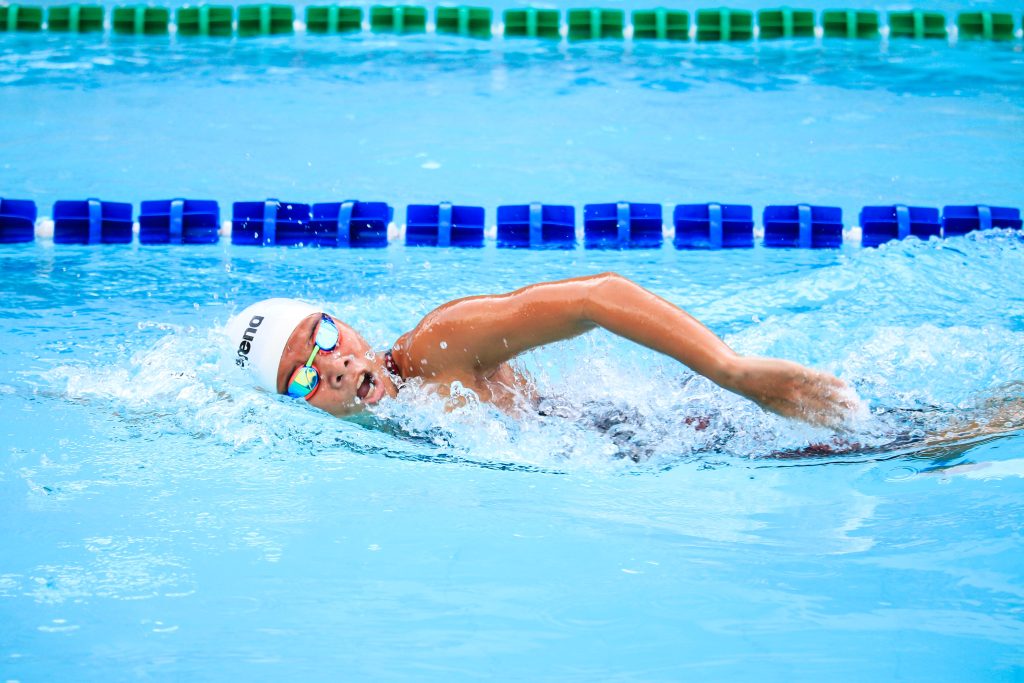
Swimming Style: Participants are allowed to use any swimming stroke or technique they prefer during the race. There are no restrictions on the choice of swimming style, and swimmers can opt for freestyle, breaststroke, butterfly, or backstroke.
- Wetsuit Usage: Wetsuits may be worn by participants when the water temperature falls between 78-84 degrees Fahrenheit. Wearing a wetsuit provides warmth and buoyancy support. However, once the water temperature exceeds 84 degrees Fahrenheit, the use of wetsuits is prohibited.
- Prohibition of Flotation Devices: To ensure fair competition, the use of any flotation devices or aids during the swimming race is strictly forbidden. This includes kickboards, swim rings, life jackets, or any other equipment that provides additional buoyancy.
- Environmental Protection: In order to preserve the environment and maintain the cleanliness of the race course, participants are not allowed to discard trash or equipment on the course during the race or after finishing. Each participant is responsible for properly disposing of their own waste at designated garbage collection points. This regulation helps to uphold the cleanliness of the race venue and ensures a safe and smooth race for all participants.
Cycling
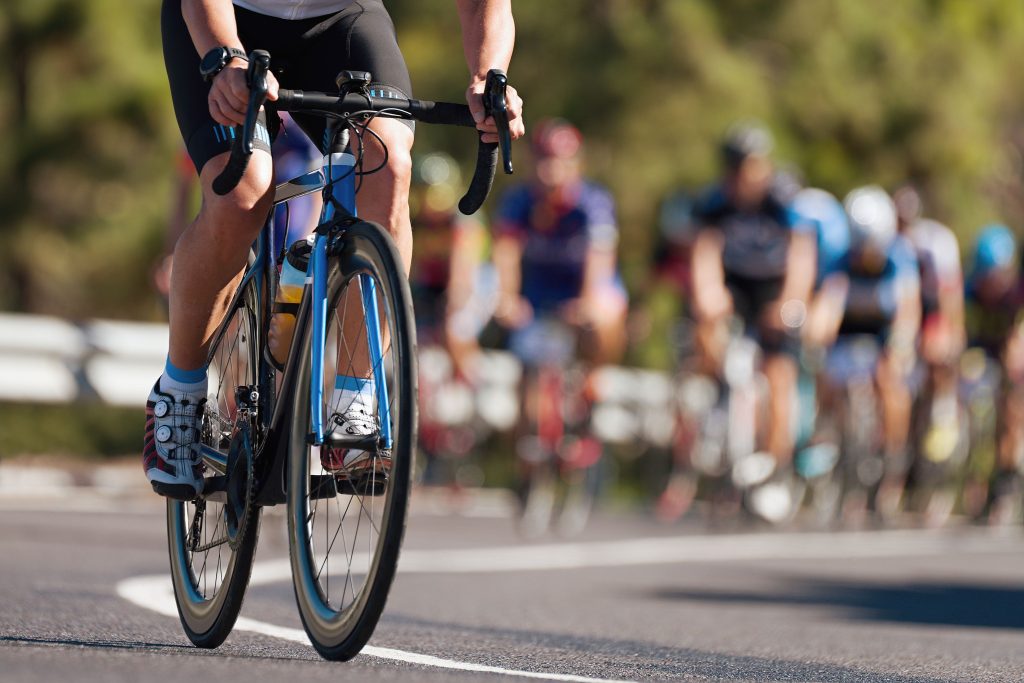
- Helmet: Participants must wear a helmet while cycling, and the chin strap must be fastened. Failure to wear a helmet may result in disqualification. Before mounting the bike, ensure that the helmet is properly worn.
- No drafting or blocking: Participants should not draft behind or block other participants. They should provide opportunities for other participants to pass. Even when drafting, participants must maintain a minimum distance of three bike lengths from the participant in front.
- No pushing with hands: Participants are not allowed to use their hands to push any object other than their bike. They must rely solely on their own power to propel the bike.
- Adhere to traffic rules: Participants must obey traffic rules during the race and should not leave the designated course.
- No headphones or music devices: Participants are strictly prohibited from carrying or wearing headphones, earphones, or any type of MP3 player during the race. This is to ensure that participants remain alert and can hear any important instructions or warnings.
- Respectful behavior: Participants must not use malicious, rude, or any form of abusive language towards other participants or event officials.
- Always wear a helmet: Participants must wear a helmet and fasten it securely whenever they are in control of the bike. This is an important safety measure, and violating this rule may result in penalties or even disqualification.
Running
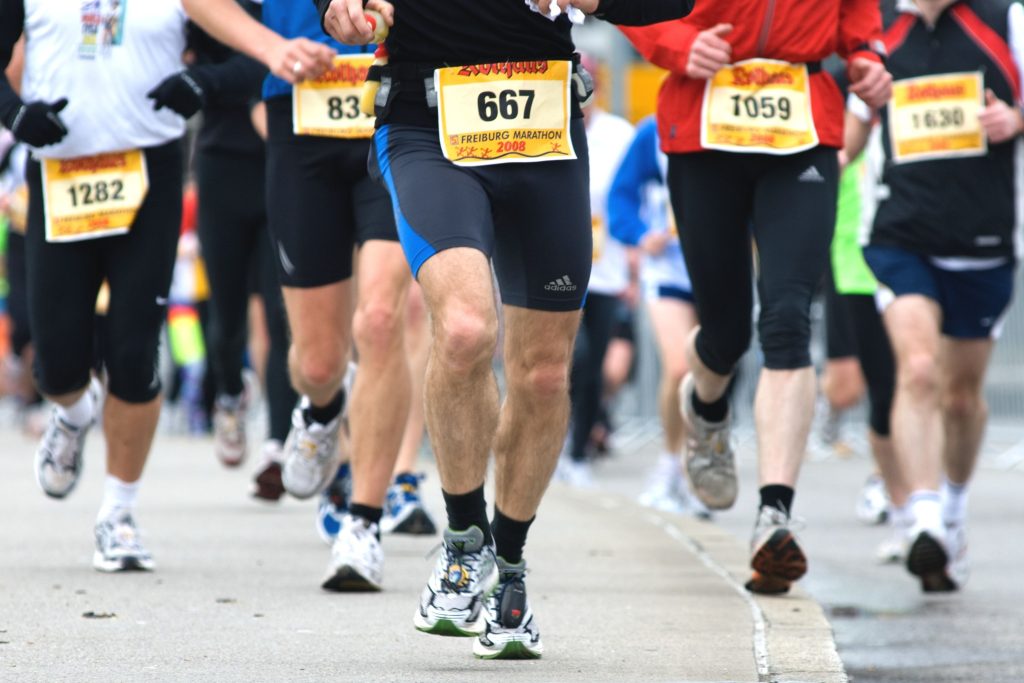
Running pace: Participants are free to choose their running pace, and they can even choose to walk to alleviate fatigue. The criterion for completing the race is when the upper body of the runner crosses the finish line, and the corresponding time is recorded. For safety reasons, participants must wear helmets and shoes. Additionally, participants must adhere to the race rules and code of conduct, including not littering, keeping the course clean, always wearing a clearly visible race number, and not altering or folding the number. Violations may result in disqualification.
Clothing
- Compliance with rules: According to the race regulations, participants’ clothing must comply with the relevant standards, such as Triathlon Australia Race Competition Rules (TA RCR) or International Triathlon Union (ITU) regulations. Ensure that the clothing material and design meet the race requirements and do not contain prohibited materials or elements.
- Comfortable and friction-free attire: Participants should choose well-fitting and comfortable clothing to minimize friction and discomfort. Avoid clothing that is too tight or too loose to ensure freedom of movement and comfort.
External assistance
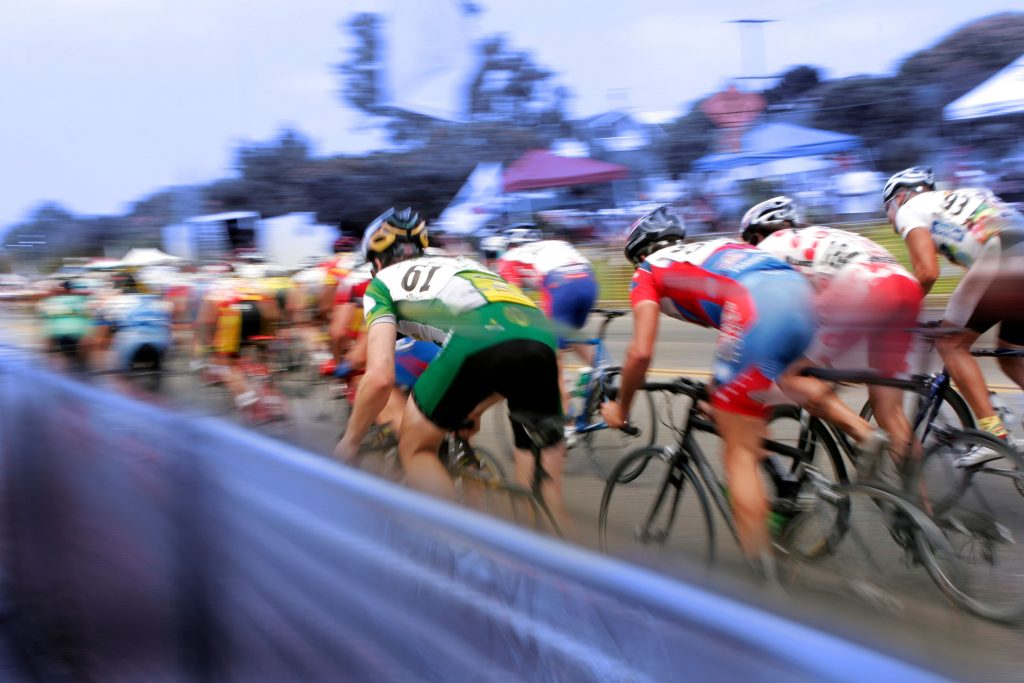
- During the race, participants are not allowed to accept any form of external assistance, except for guidance or assistance from race officials or official event repair personnel to ensure safety.
- Race officials and volunteers can provide authorized services such as offering drinks, nutrition supplies, and medical assistance. Their assistance should be provided at designated stations or specified areas and is subject to the limitations of the race rules.
- Other participants may provide assistance in limited circumstances, limited to offering drinks, nutrition supplies, air pumps, tires, inner tubes, tire repair tools, and repair equipment for safety purposes.
- When accepting assistance from other participants, participants should exercise caution to ensure compliance with the rules and avoid gaining unfair advantages. Any assistance beyond the specified scope is considered external assistance and may result in disqualification.

